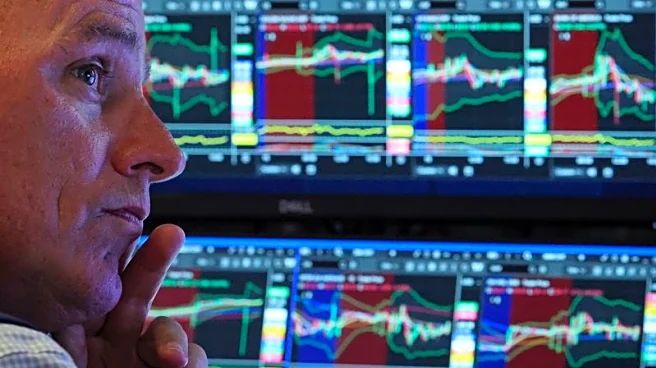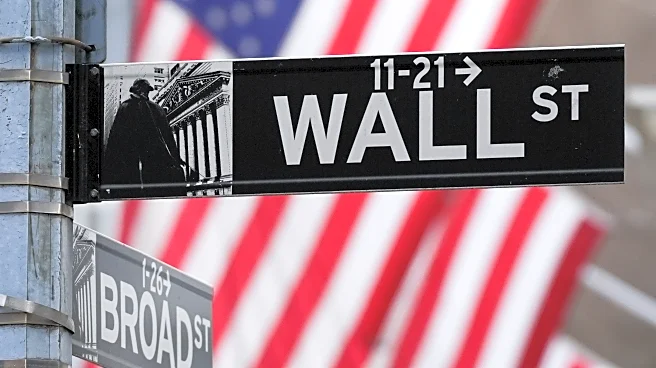What's Happening?
Goldman Sachs has increased its year-end target for the S&P 500 index to 6,800, up from a previous target of 6,600. This adjustment reflects a 2.04% potential upside from the index's last closing value. The decision comes in response to a dovish stance by the U.S. Federal Reserve and strong corporate earnings. The Federal Reserve recently cut interest rates for the first time since December and has indicated further reductions at its upcoming October and December meetings. These actions are in response to rising unemployment and signs of a weakening labor market. Earlier in the year, major brokerages had lowered their targets below 6,000 due to fears of recession sparked by President Trump's 'Liberation Day' tariffs in April, which led to a global equity selloff. However, the rollback of tariffs and expectations of continued Fed easing have calmed investor concerns, reducing recession risks and driving stocks to record highs.
Why It's Important?
The adjustment of the S&P 500 target by Goldman Sachs signifies confidence in the U.S. stock market's resilience despite earlier economic uncertainties. The Federal Reserve's interest rate cuts are aimed at stimulating economic growth and addressing labor market challenges, which could have significant implications for U.S. businesses and investors. The rollback of tariffs has alleviated fears of a trade-induced recession, providing a more stable environment for corporate earnings and investment. This development is crucial for stakeholders in the financial markets, as it suggests a potential for continued growth and stability in the U.S. economy, benefiting investors and companies alike.
What's Next?
The Federal Reserve's upcoming meetings in October and December are expected to result in further interest rate cuts, which could continue to support stock market growth. Investors and businesses will be closely monitoring these decisions, as they could influence market dynamics and economic conditions. Additionally, the ongoing assessment of tariff policies and their impact on international trade will remain a key focus for economic stakeholders, potentially affecting future market forecasts and investment strategies.












